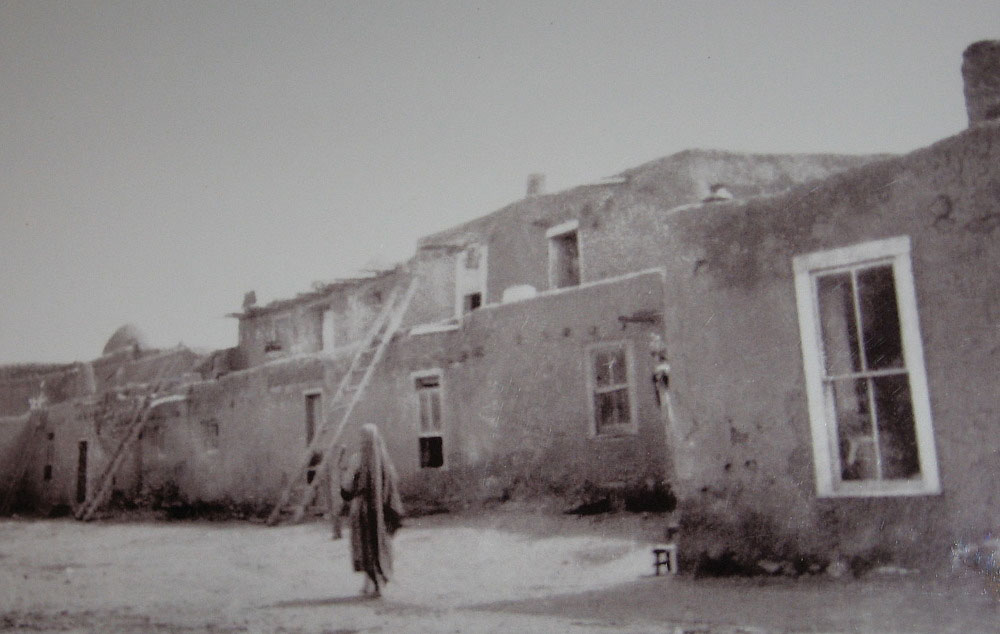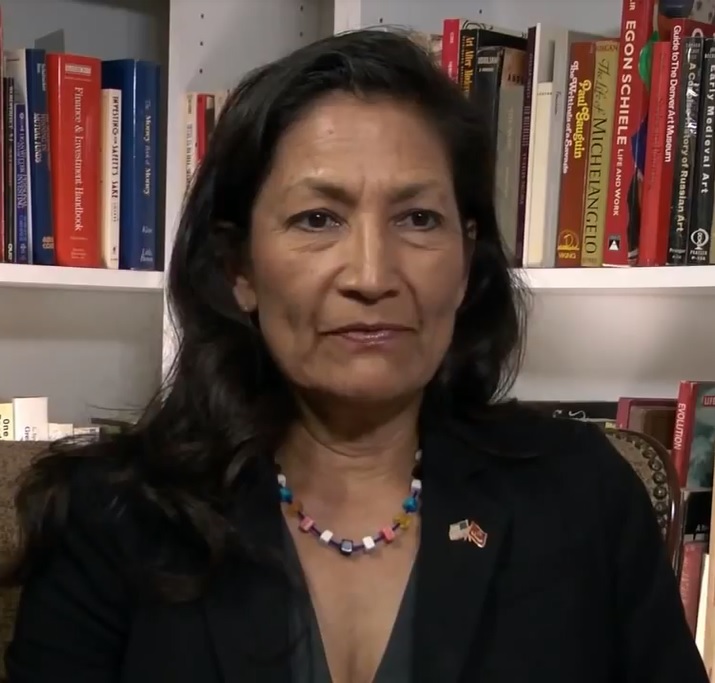|
Awelo
The awelo (derived from Spanish ''abuelo'', meaning "grandfather") is the religious supernatural tribal protector that embodies the essence of the Tigua Indians. The awelo is similar to the kachinas found in other Puebloan societies. The awelo monitors the conduct of tribal members by punishing those who behave incorrectly. The awelo is believed to live near Cerro Alto Mountain. The awelo is represented by grandfather and grandmother buffalo masks, which are fed with smoke. See also * Grandpa Wenteyao References * Houser, Nicholas P. (1979). Tigua Pueblo. In A. Ortiz (Ed.), ''Handbook of North American Indians: Southwest'' (Vol. 9, pp. 336-342). Washington, D.C.: Smithsonian Institution. Pueblo culture Tutelary deities {{NorthAm-myth-stub ... [...More Info...] [...Related Items...] OR: [Wikipedia] [Google] [Baidu] |
Tigua Indian
Ysleta del Sur Pueblo (also Tigua Pueblo) is a Puebloan Native American tribal entity in the Ysleta section of El Paso, Texas. Its members are Southern Tiwa people who had been displaced from Spanish New Mexico from 1680 to 1681 during the Pueblo Revolt against the Spaniards. The people and language are called Tigua (pronounced ''tiwa''). They have maintained a tribal identity and lands in Texas. Spanish mostly replaced the indigenous language in the early 1900s, and today, English is increasingly gaining ground in the community. Today there are efforts to revive the indigenous language. They are one of three federally recognized tribes in Texas. History The Ysleta del Sur Pueblo ("the Pueblo") is a U.S. federally recognized Native American tribe and sovereign nation. The Tribal community known as "Tigua" established Ysleta del Sur in 1682. After leaving the homelands of Quarai Pueblo due to drought the Tigua sought refuge at Isleta Pueblo and were later captured by the Span ... [...More Info...] [...Related Items...] OR: [Wikipedia] [Google] [Baidu] |
Kachina
A kachina (; also katchina, katcina, or katsina; Hopi: ''katsina'' , plural ''katsinim'' ) is a spirit being in the religious beliefs of the Pueblo peoples, Native American cultures located in the south-western part of the United States. In the Pueblo cultures, kachina rites are practiced by the Hopi, Zuni, Hopi-Tewa, and certain Keresan tribes, as well as in most Pueblo tribes in New Mexico. The kachina concept has three different aspects: the supernatural being, the kachina dancers, and kachina dolls (small dolls carved in the likeness of the kachina, that are given only to those who are, or will be responsible for the respectful care and well-being of the doll, such as a mother, wife, or sister). Overview Kachinas are spirits or personifications of things in the real world. These spirits are believed to visit the Hopi villages during the first half of the year. The local pantheon of kachinas varies from pueblo community to community. A kachina can represent anything in ... [...More Info...] [...Related Items...] OR: [Wikipedia] [Google] [Baidu] |
Spanish Language
Spanish ( or , Castilian) is a Romance languages, Romance language of the Indo-European language family that evolved from colloquial Latin spoken on the Iberian peninsula. Today, it is a world language, global language with more than 500 million native speakers, mainly in the Americas and Spain. Spanish is the official language of List of countries where Spanish is an official language, 20 countries. It is the world's list of languages by number of native speakers, second-most spoken native language after Mandarin Chinese; the world's list of languages by total number of speakers, fourth-most spoken language overall after English language, English, Mandarin Chinese, and Hindustani language, Hindustani (Hindi-Urdu); and the world's most widely spoken Romance languages, Romance language. The largest population of native speakers is in Mexico. Spanish is part of the Iberian Romance languages, Ibero-Romance group of languages, which evolved from several dialects of Vulgar Latin in I ... [...More Info...] [...Related Items...] OR: [Wikipedia] [Google] [Baidu] |
Puebloan
The Puebloans or Pueblo peoples, are Native Americans in the Southwestern United States who share common agricultural, material, and religious practices. Currently 100 pueblos are actively inhabited, among which Taos, San Ildefonso, Acoma, Zuni, and Hopi are the best-known. Pueblo people speak languages from four different language families, and each Pueblo is further divided culturally by kinship systems and agricultural practices, although all cultivate varieties of maize. Pueblo peoples have lived in the American Southwest for millennia and descend from Ancestral Pueblo peoples. The term ''Anasazi'' is sometimes used to refer to ancestral Pueblo people but it is now largely minimized. ''Anasazi'' is a Navajo word that means ''Ancient Ones'' or ''Ancient Enemy'', hence Pueblo peoples' rejection of it (see exonym). ''Pueblo'' is a Spanish term for "village." When Spaniards entered the area, beginning in the 16th-century with the founding of Nuevo México, they came across ... [...More Info...] [...Related Items...] OR: [Wikipedia] [Google] [Baidu] |
Cerro Alto Mountain
Cerro Alto Mountain is a mountain in western Texas east of El Paso along U.S. Route 180. It is the highest point in the Hueco Mountains. The awelo of the Tigua Indians is believed to reside near Cerro Alto Mountain. Which began during their arrival in the 17th century. See also *Geography of Texas The geography of Texas is diverse and large. Occupying about 7% of the total water and land area of the U.S., it is the second largest state after Alaska, and is the southernmost part of the Great Plains, which end in the south against the folded ... References {{Authority control Landforms of Hudspeth County, Texas Mountains of Texas ... [...More Info...] [...Related Items...] OR: [Wikipedia] [Google] [Baidu] |
Grandpa Wenteyao
Abuelito Huenteao or Taita Huenteao is a character very important in the mythology of the Huilliche of San Juan de la Costa. Several versions exists on the history of Abuelito Huenteao. One of these says he was a healer who travelled the lands of the Huilliche helping people before finally settling on the rocks of Pucatrihue. Other versions says he settled at the sea because he followed his wife who was a mermaid (Spanish: ''sirena''). Grammatically Abuelito Huenteao is a composite of Spanish and Huilliche language Huilliche (which can also be found spelt Williche, Huiliche or Veliche) is a moribund branch of the Araucanian language family. In 1982 it was spoken by about 2,000 ethnic Huilliche people in Chile, but now it is only spoken by a few elderly s ... meaning "Granpa Huenteao". References {{reflist Mapuche gods Messenger gods Tutelary gods Los Lagos Region Huilliche Chilean legends Mapuche legends ... [...More Info...] [...Related Items...] OR: [Wikipedia] [Google] [Baidu] |
Pueblo Culture
The Puebloans or Pueblo peoples, are Native Americans in the Southwestern United States who share common agricultural, material, and religious practices. Currently 100 pueblos are actively inhabited, among which Taos, San Ildefonso, Acoma, Zuni, and Hopi are the best-known. Pueblo people speak languages from four different language families, and each Pueblo is further divided culturally by kinship systems and agricultural practices, although all cultivate varieties of maize. Pueblo peoples have lived in the American Southwest for millennia and descend from Ancestral Pueblo peoples. The term '' Anasazi'' is sometimes used to refer to ancestral Pueblo people but it is now largely minimized. ''Anasazi'' is a Navajo word that means ''Ancient Ones'' or ''Ancient Enemy'', hence Pueblo peoples' rejection of it (see exonym). ''Pueblo'' is a Spanish term for "village." When Spaniards entered the area, beginning in the 16th-century with the founding of Nuevo México, they came ... [...More Info...] [...Related Items...] OR: [Wikipedia] [Google] [Baidu] |




